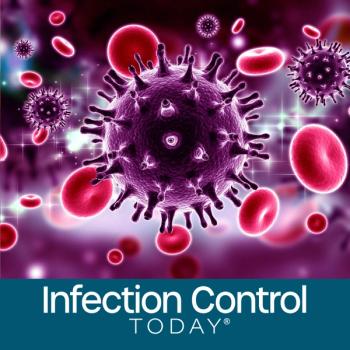
Study Finds More is Better When It Comes to Hand Hygiene
Hand hygiene is a simple, effective way to prevent infection. In healthcare facilities, compliance with hand hygiene is high (averages about 80 percent). However, researchers wanted to know if more would be better (that is, would an increase to about 95 percent compliance decrease healthcare-associated infections even more). To find out, they compared compliance before and after implementation of a new hand hygiene program at a hospital in North Carolina. The program involved improving hand hygiene of healthcare workers and having them monitor that of others. During the 17-month study period, hand hygiene compliance increased from high to very high and healthcare-associated infections decreased significantly, indicating that with regard to hand hygiene, more is indeed better.
Sickbert-Bennett, et al. (2016) note, "When the CDC Hand Hygiene Guideline was published in 2002, hand hygiene compliance was summarized on the basis of then-current studies to be very low (average 40 percent, range 5 percent to 81 percent). Investigators have demonstrated reductions in HAI and MDRO infections when compliance increased from low to medium levels (48 percent to 66 percent). More recently, hospital epidemiologists and infection preventionists have worked to achieve and sustain higher compliance by using shared accountability, incentives, and feedback strategies, but until now, no analysis has demonstrated whether an improvement in hand hygiene from a baseline high level (>80 percent) to an even higher level (>95 percent) would lead to hospital-wide decreases in HAI. Demonstrating the importance of continuously improving hand hygiene compliance is critical for staff and hospital leaders who may underestimate the impact on HAI."
As the authors concluded, "A program designed to improve hand hygiene compliance among hospital staff successfully engaged all healthcare personnel in monitoring and improving their own hand hygiene compliance. This pursuit of excellence for hand hygiene compliance led to substantial HAI reductions hospital wide."
The results of this study were published in the September 2016 issue of Emerging Infectious Diseases.
Reference: Sickbert-Bennett EE, et al. Reduction of Healthcare-Associated Infections by Exceeding High Compliance with Hand Hygiene Practices. Emerging Infectious Diseases. Vol. 22. No. 9. Sept. 2016.
Newsletter
Stay prepared and protected with Infection Control Today's newsletter, delivering essential updates, best practices, and expert insights for infection preventionists.






